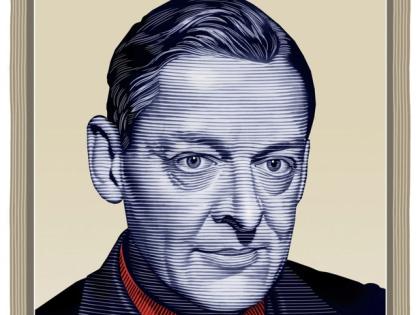Certain patterns of response to rewards seem to be biologically embedded in the human brain. A branch of behavioral economics called neuroeconomics looks inside the brain with scanning tools like magnetic resonance imaging (MRI) to investigate patterns of motivation. Neuroeconomics is controversial, as the link between cerebral blood flow and decision-making is less straightforward than, say, playing slot machines and losing money. Yet it is one of the most fascinating and provocative aspects of the young field.
“Economists specialize in taking really complex things and boiling them down to simple principles,” says David Laibson. “So, rather than treat the brain as billions of neurons, or trillions of neurotransmitters, we want to ask, what is the right level of analysis? It turns out that the brain has two key subsystems. One, the limbic and paralimbic system, rules the intuitive and affective parts of our psyches. It’s shared by all mammals and seems to do a lot of emotional cognitionhow we feel emotionally, how we respond to other humans, or to being treated unfairly. This system seems to function unconsciously; we don’t have access to it and maybe can’t even control it. It’s experiential and rapid in function.
“Contrast that with the analytic system, centered in the frontal and parietal cortexes,” Laibson continues. “It controls a lot of the thought processes we learn to do: calculated, conscious, future-oriented thinking. It’s not based on past experience; you could have the rules of a brand-new game explained and the analytic system would be able to figure out how to play.”
Brain researchers have shown that an interaction of the limbic and analytic systems governs human decision-making. The limbic system seems to radically discount the future. While the analytic system’s role remains constant from the present moment onward, the limbic system assumes overriding importance in the present moment, but rapidly recedes as rewards move into the future and the emotional brain reduces its activation. This explains impulsiveness: the slice of pizza that’s available right now trumps the dietary plan that the analytic brain has formulated. Seizing available rewards now might be a response pattern with evolutionary advantages, as future benefits are always uncertain.
Consider an experiment that scans the brains of research subjects offered a choice between present and future rewards: $20 now, or $23 a month from now. Both limbic and analytic systems show activity. Then change the offer to two future prospects: $20 two weeks from now, or $23 in a month. In this case, the limbic system pretty much drops out. The analytic system, in contrast, shows the same activation patterns regardless of the delay, be it hours or months. When the analytic system is more active, people choose the “patient” reward; when both systems are active, temptation usually trumps prudence.









